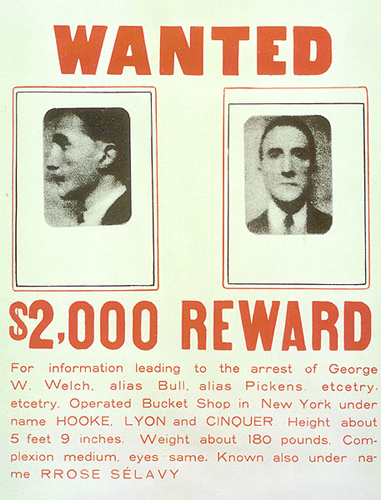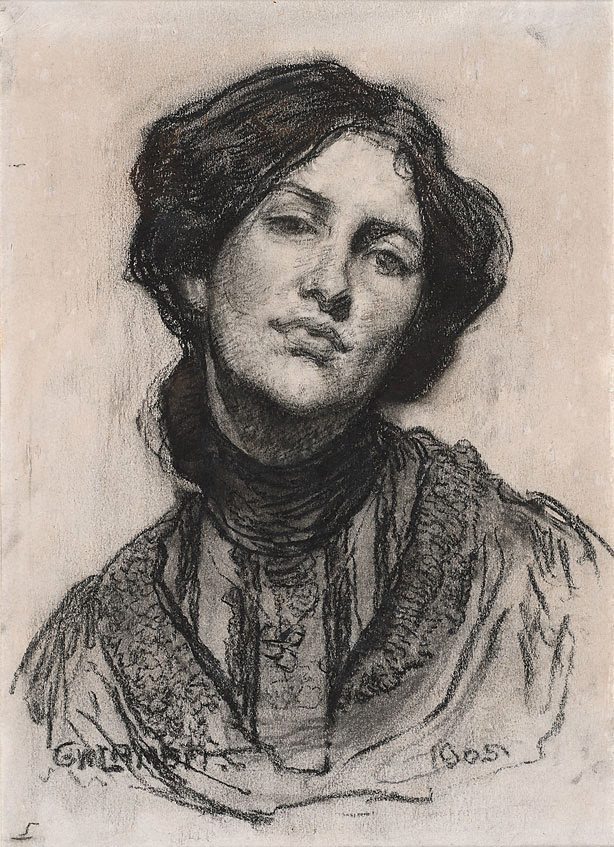"Wanted: $2,000 Reward" by Marcel DuChamp
http://face2face.si.edu/my_weblog/2009/06/wanted-2000-reward-by-marcel-duchamp.html
"Rrose Selavy" By Man Ray
"Portrait of Thea Proctor" by George Lambert
http://www.artgallery.nsw.gov.au/collection/works/309.2005/
"Self Portrait" by Thea Proctor
http://www.artgallery.nsw.gov.au/collection/works/DA8.1960/
There were undoubtably others that I have missed but these were the ones I recalled.
We then broke into groups and researched one of the images to quickly find out some background and information on the pieces and re-examined the images in light of the new understanding.
I'm not going to recount the discussion but from what I remember of it, each of the portraits shown revealed an element of deception and an element of truth often about both the subject and the artist. The question became whether multiple truths about the work could be seen as equally valid even if it appeared contrary to even what the artist intended the work to mean.
As homework for the lesson we did an exercise to find links between DuChamp, Man Ray, Max Dupain, and Sidney Nolan. This was my answer:
The connection between Man Ray and Marcel Duchamp was explored in class, they were friends, and both involved in the Dada movement, there are many other connections such as they both made readymades, He assisted and/or collaborated on a number of projects with Duchamp, such as in the rotary glass plates.
Man Ray and Max Dupain can be connected from a quote by Max Dupain in a letter to the editor in sydney morning herald (30 March 1938) stating "Great art has always been contemporary in spirit. Today we feel the surge of aesthetic exploration along abstract lines, the social economic order impinging itself on art, the repudiation of the ‘truth to nature criterion’ … We sadly need the creative courage of Man Ray, the original thought of Moholy-Nagy, and the dynamic realism of Edouard Steichen" so it can be reasonably suggested that Man Ray was admired by Max Dupain and an influence in his work.
To make a connection between Max Dupain and Sidney Nolan seems easy, they both died in the same year, 1992, and both are counted amongst the Australian Surrealists, for dealing with surrealist themes and ideologies in their work. They were both involved with world war II and have both done works dealing with subject matter of war.
However wanting to dig a little deeper, and not finding much else to link them, I instead looked for a link from Sidney Nolan to Duchamp, and here is what I find an interesting link through Art historian Edmund Capon and his book "I blame Duchamp: My Life's Adventures in Art" published in 2009. The book is a collection of about 40 essays, in which he praises Sidney Nolan, and states his blame of Duchamp, at least partially, for bringing a dominance of conceptial art rather than aesthetic art into contemporary art





No comments:
Post a Comment